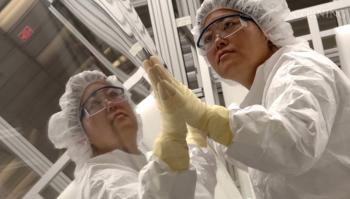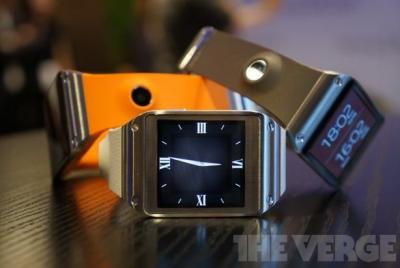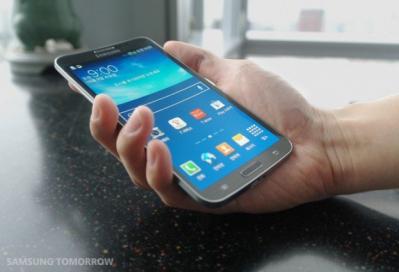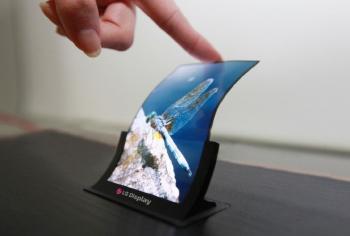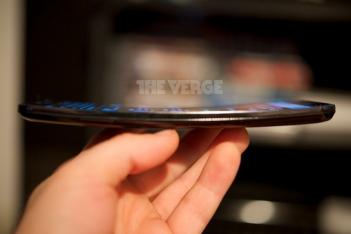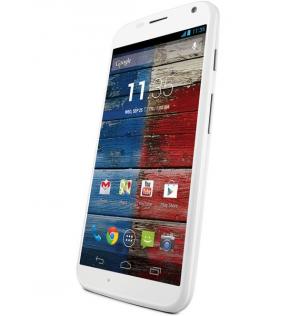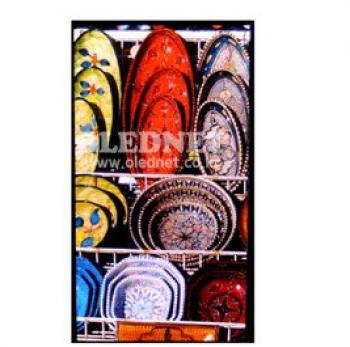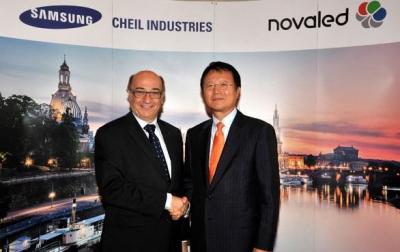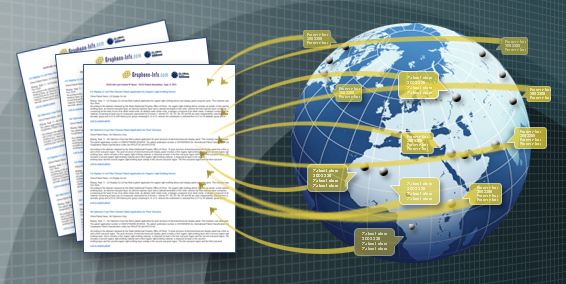Samsung sold 40 million GS4 phones in six months
Samsung announced today that they sold over 40 million Galaxy S4 phones worldwide, six months after launching their flagship phone. This is an impressive number but it's actually lower than Samsung first anticipated - the company hoped to sell 10 million devices a month and reach 100 million sales.
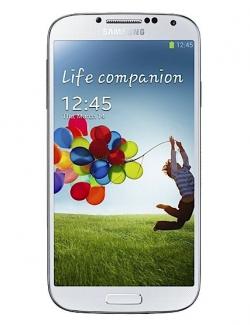
Samsung's GS4 features a 4.99" Full-HD (1920x1280, 441 PPI) Super AMOLED display, an Octa-core (Quadcore in some models) 1.6Ghz CPU, 2GB of memory, 13 mp camera and a 2,600 mAh battery. The GS4 includes a lot of new software features and special UI controls, include the Adapt Display which allows extensive display calibration adjustments.


